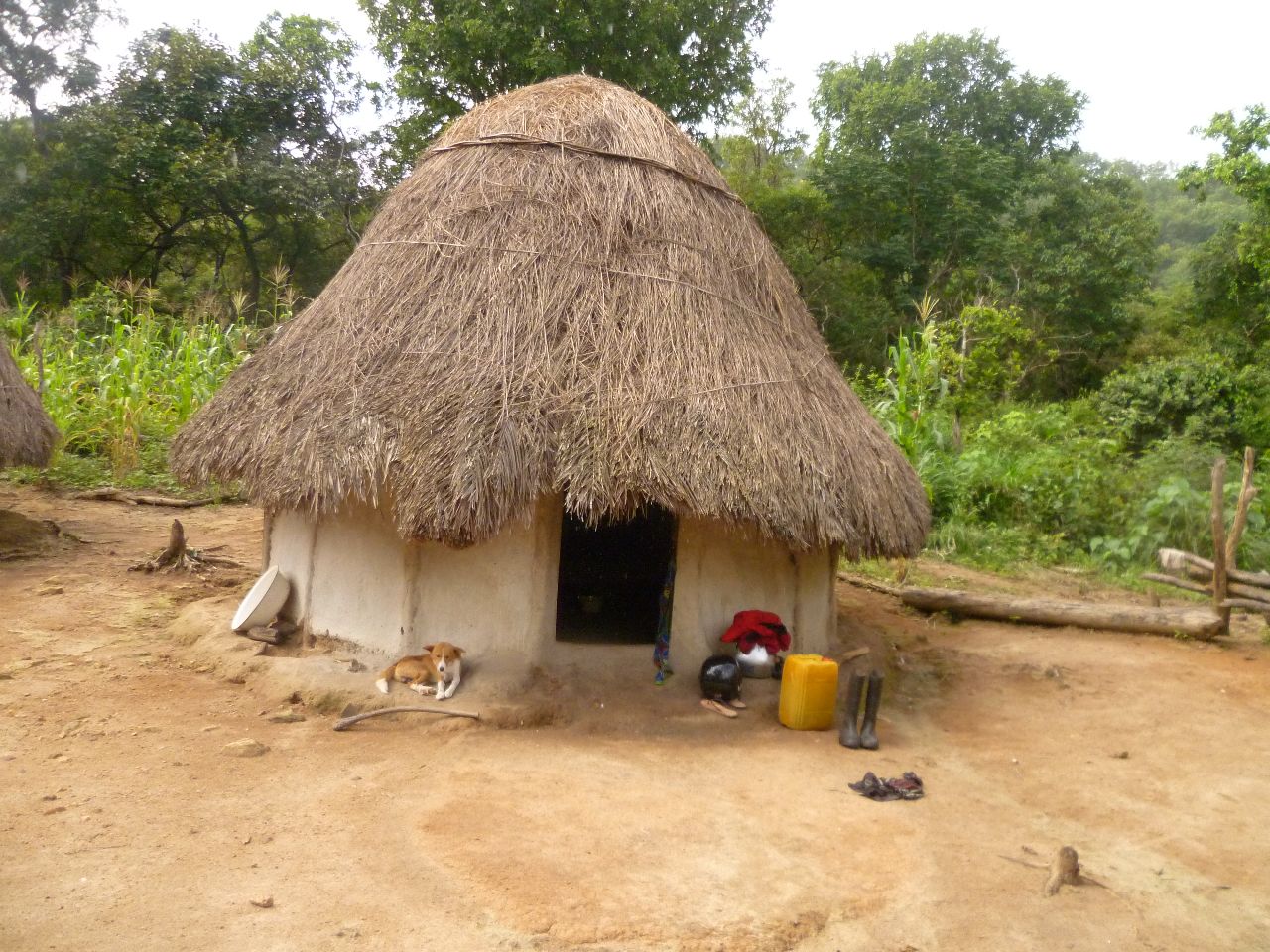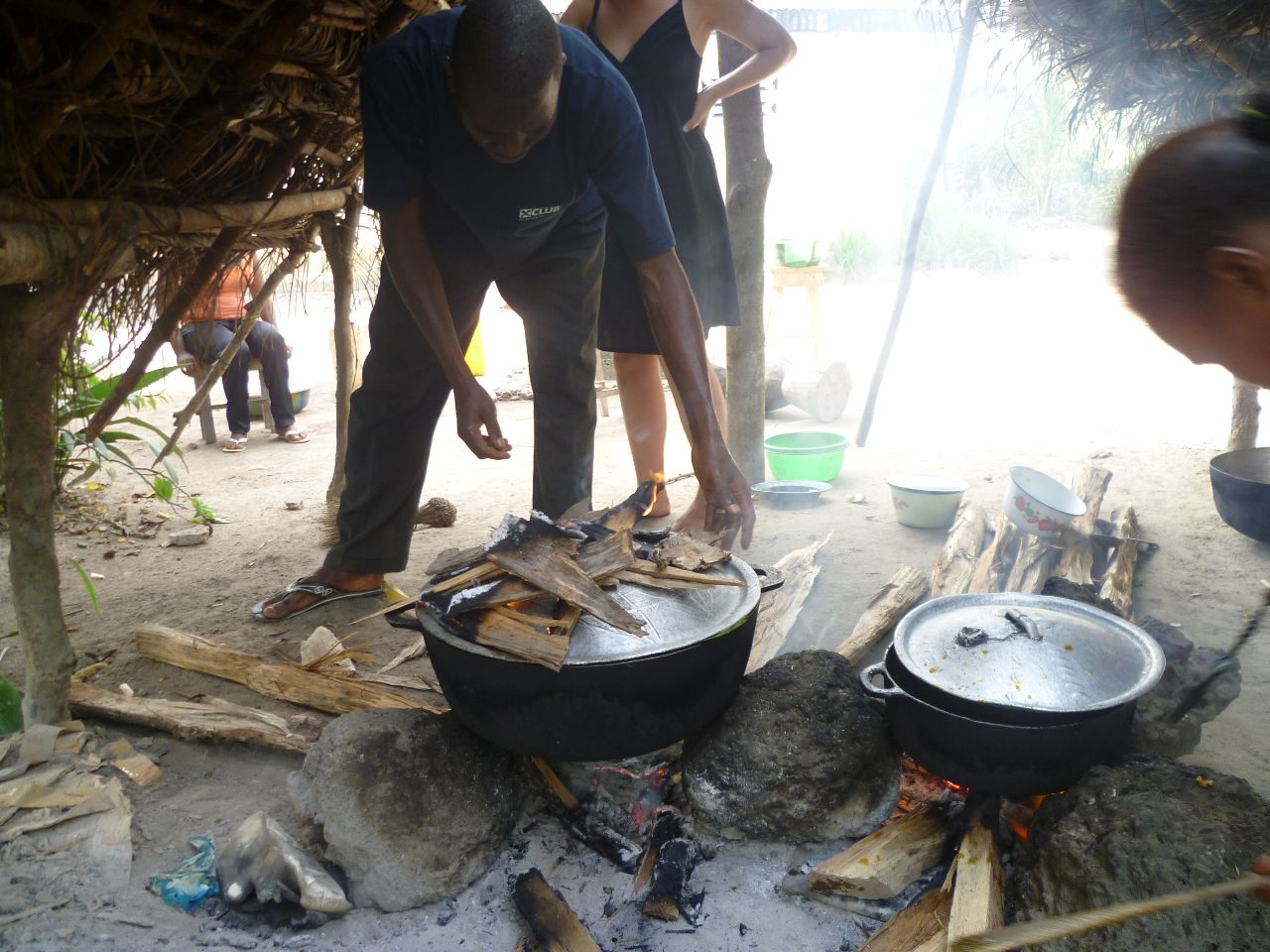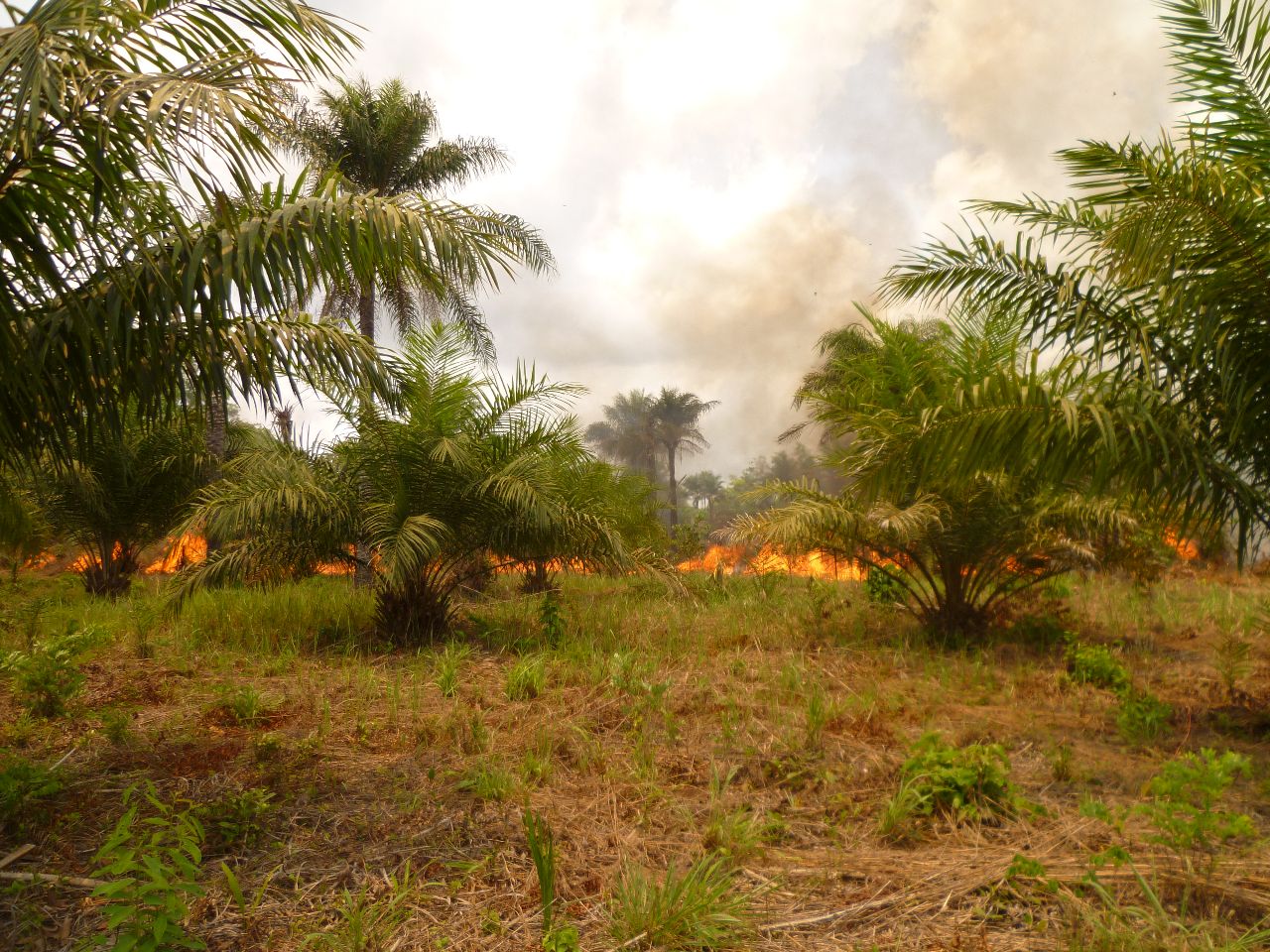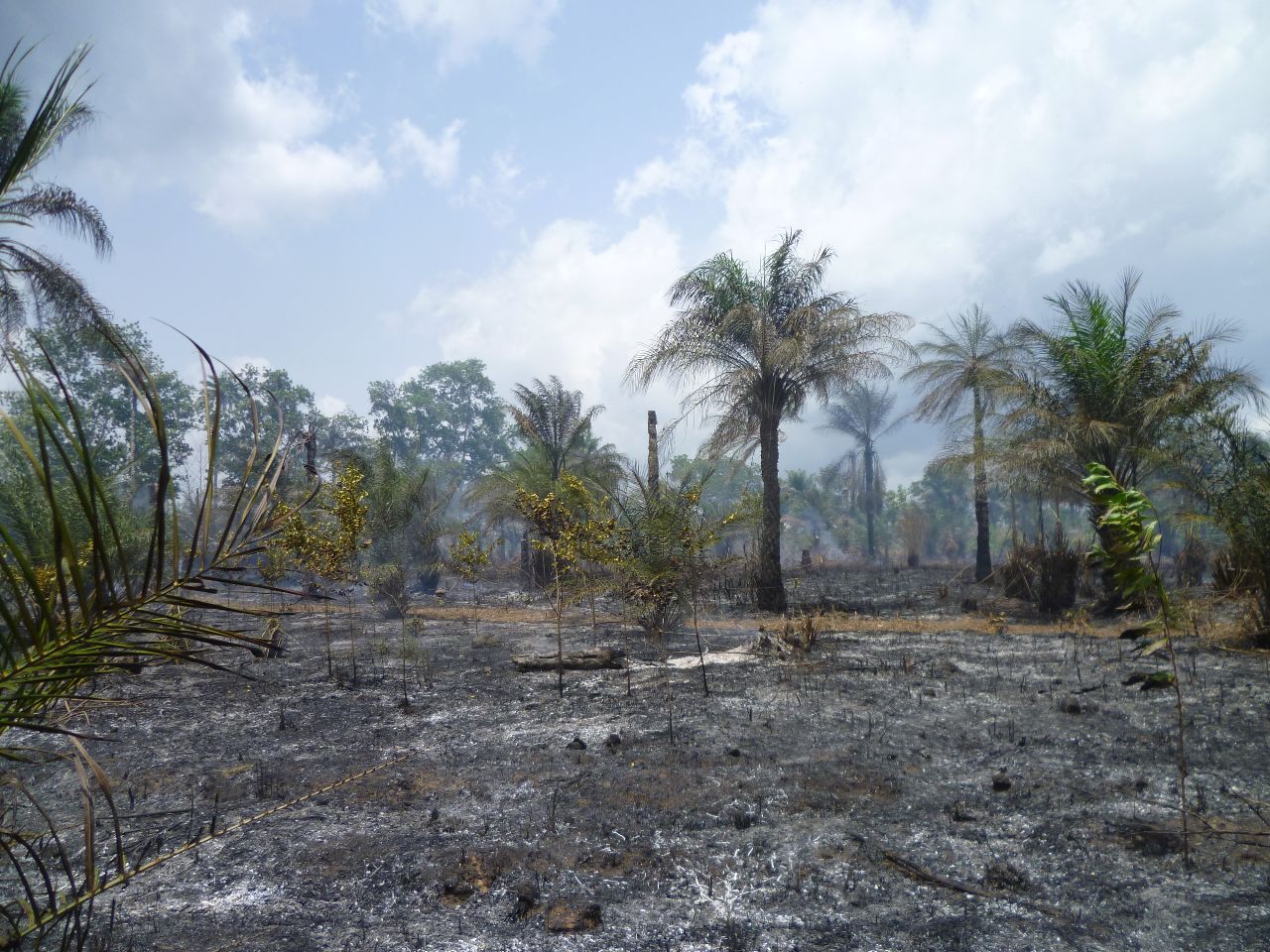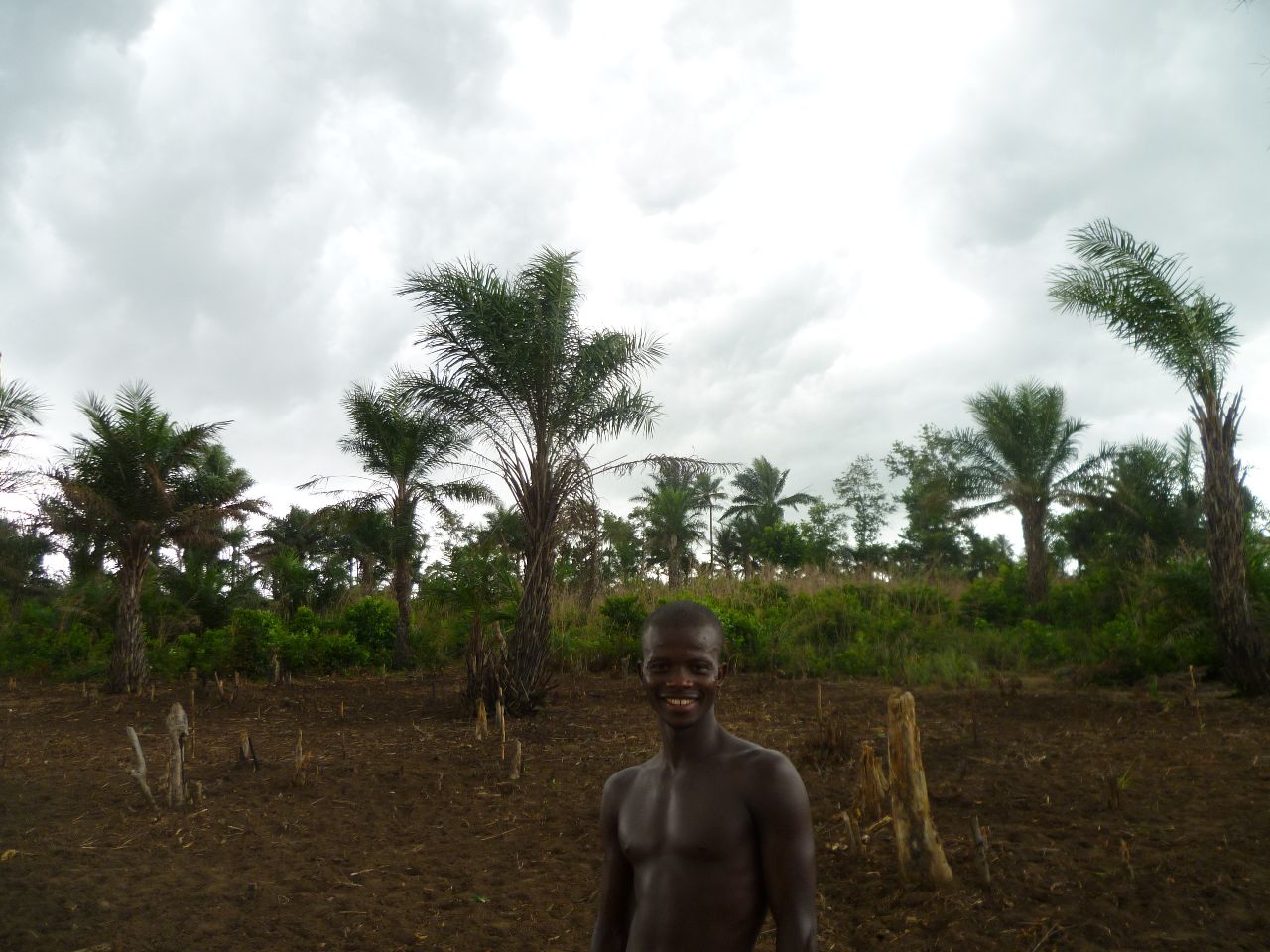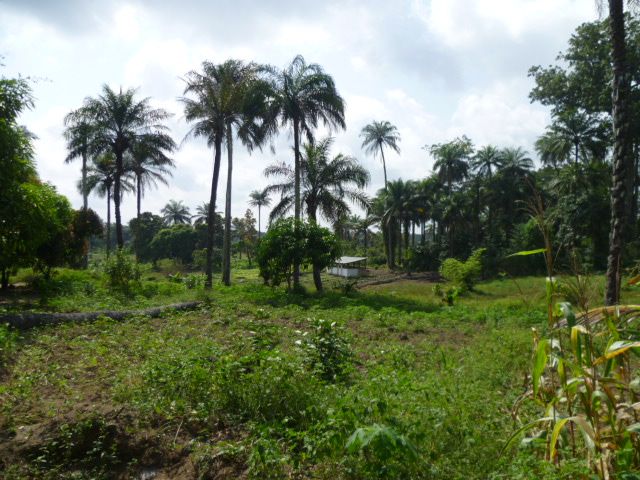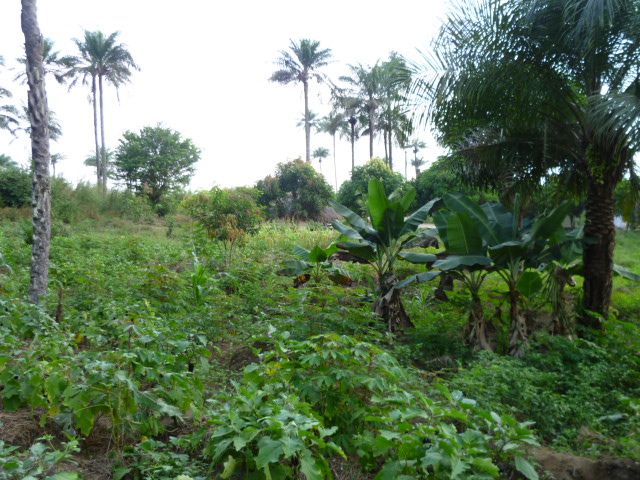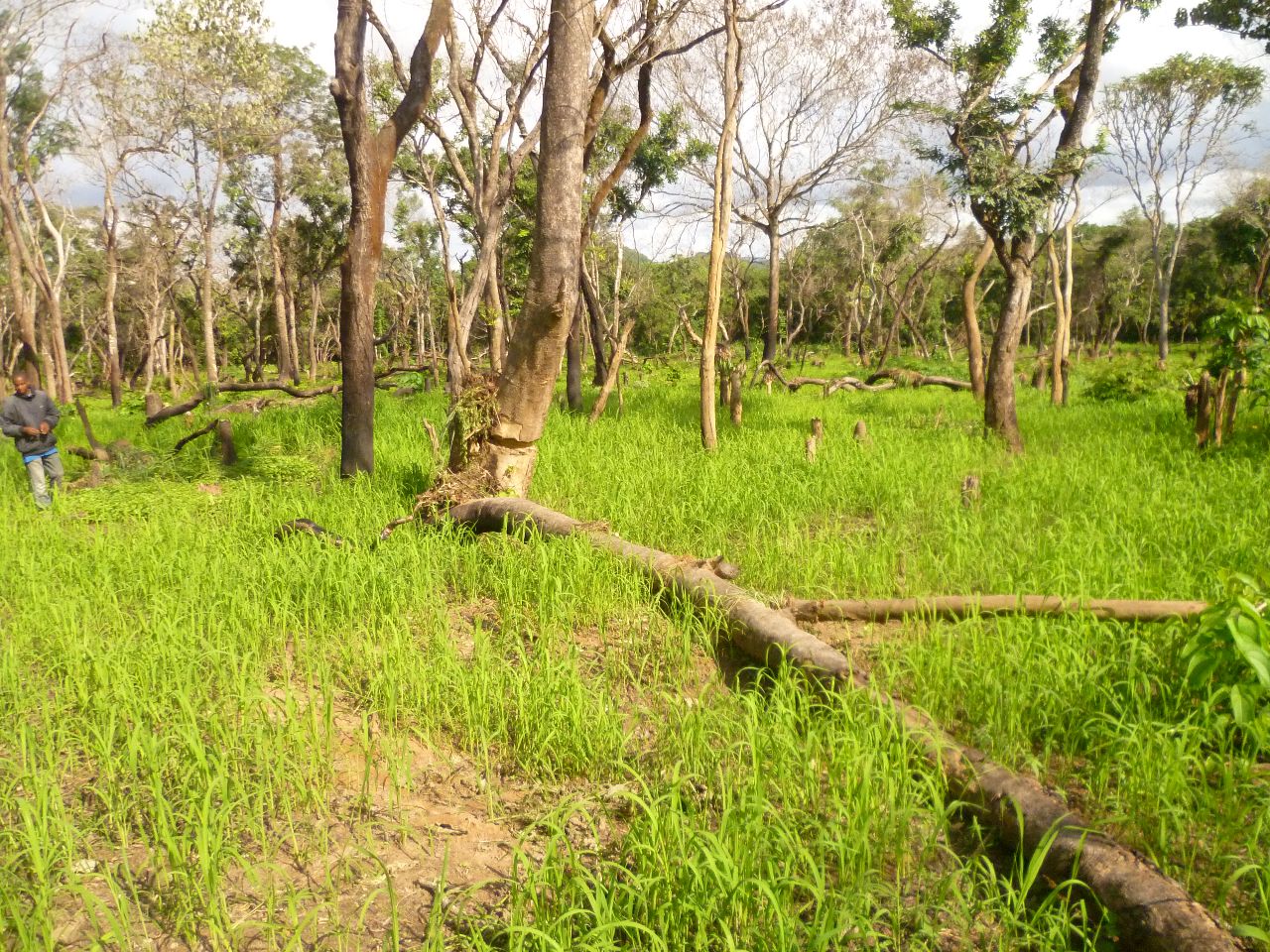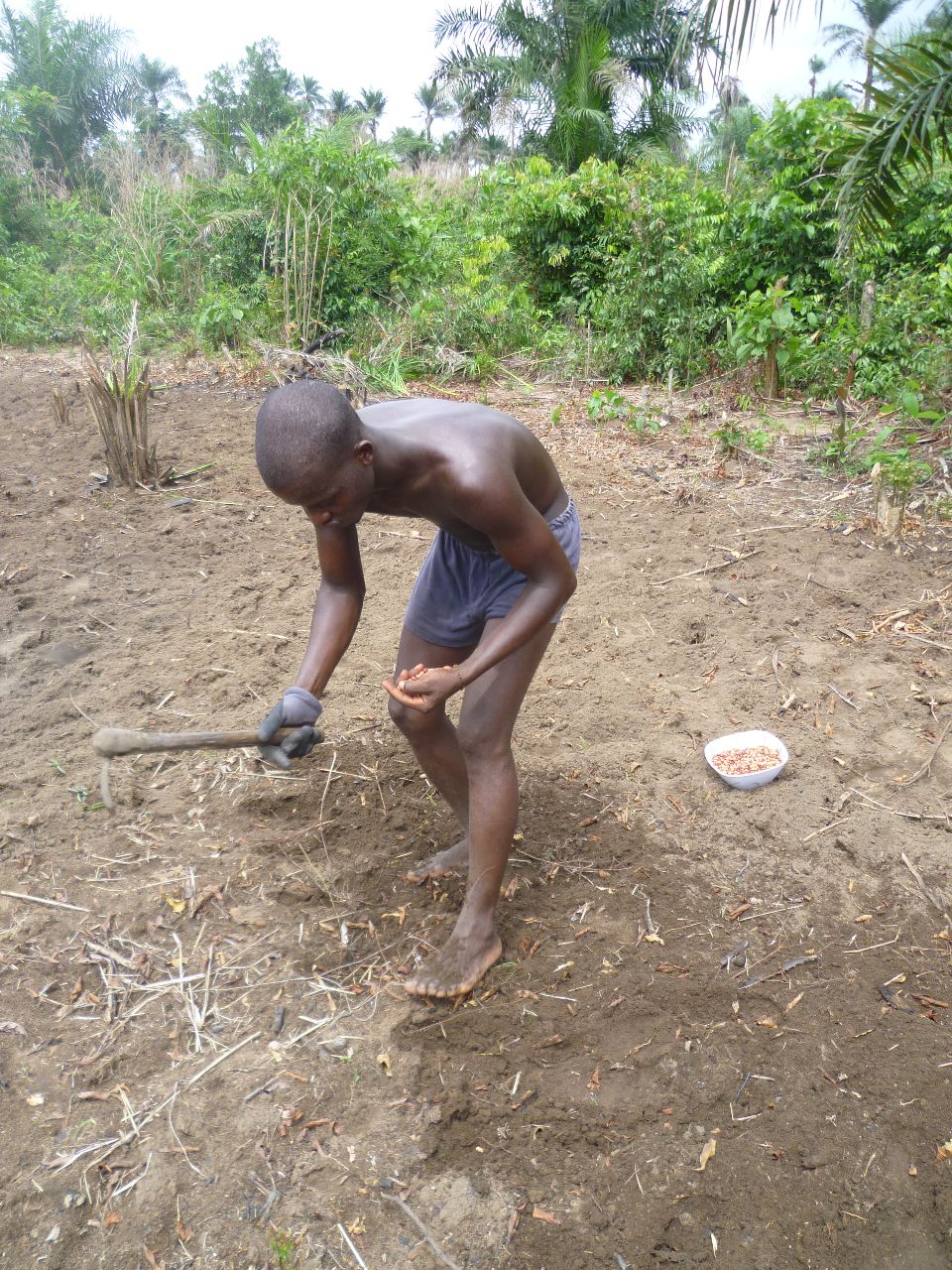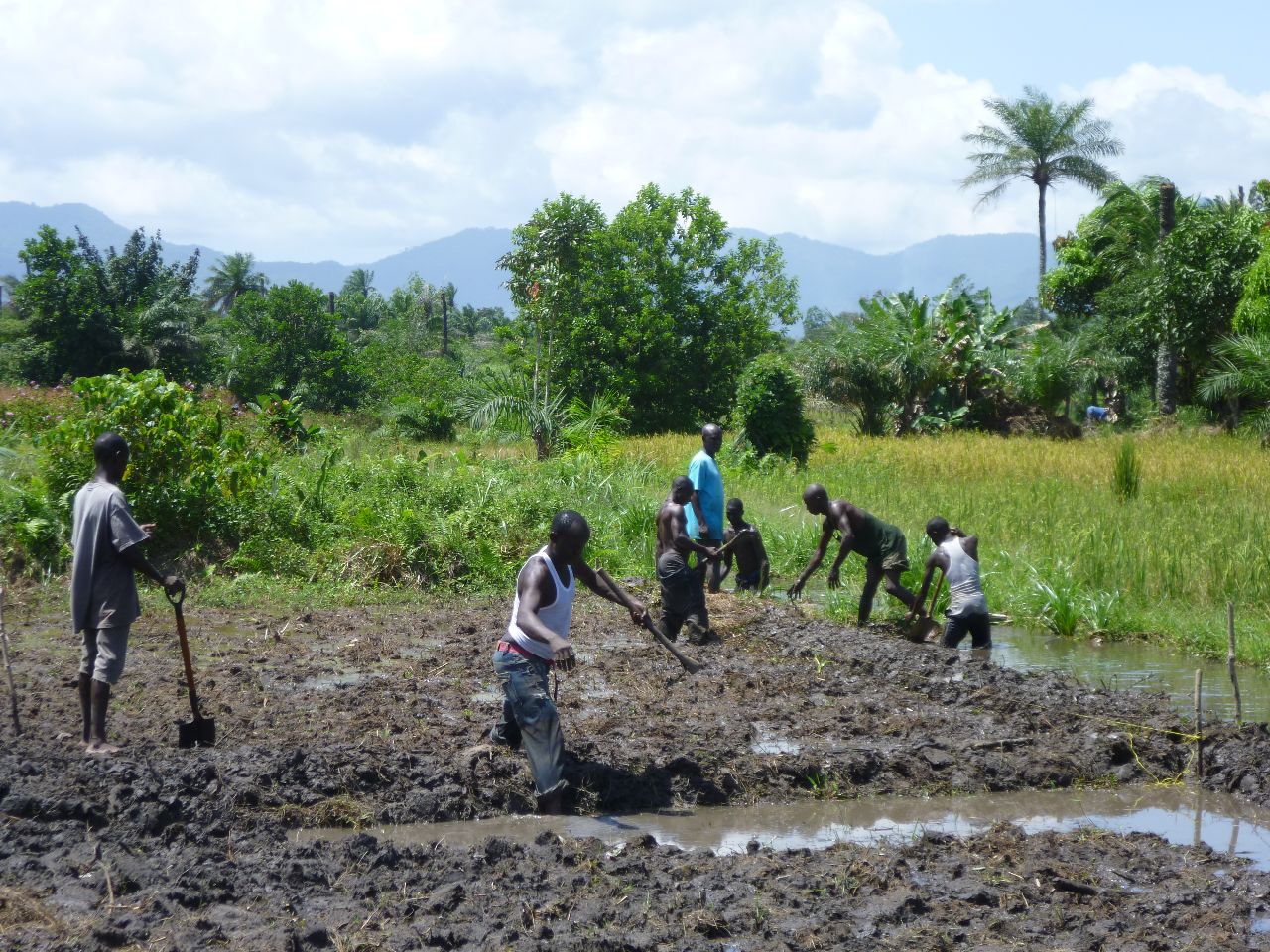If one has never experienced the livelihood systems on the countryside in developing countries, it is hardly conceivable how rough living conditions are and what kind of problems people are facing. The following pictures should give a brief impression, how people are living in tropical and subtropical developing countries and which constraints they are facing. The main focus of this Shabka Fotojournal is on an agricultural perspective with pictures shown from Kenya, Tanzania and Sierra Leone.
The following pictures are licensed under a Creative Commons Attribution-NonCommercial-NoDerivs 3.0 Unported License.
Simple life
The majority of the population in developing countries is still living in rural areas. In most cases, living conditions are very simple as houses are mainly built out of natural materials like clay, wood, and grass. Usually, women cook outside the house in a more or less improvised kitchen on an open fire place. Therefore, one of the first activities in the morning is collecting firewood from the surrounding forests.
Lavatories generally constitute an additional building further away from the house, as there are explicitly latrines in use. Washing takes place in form of a shower with a bucket of cold water.
Slash and burn
The most wide spread cultivation technique in the tropics and subtropics is the so called ‚slash and burn’ method. Thereby, farmers are at first brushing one plot of bush or forest. Afterwards, they set a fire in order to burn down all the slashed plant materials. On this plot, they will then cultivate their agricultural crops for a period of time, until the soil is exhausted from the production. Then, the agricultural land remains for regeneration and the farmer shifts to another plot of land.
Farming systems
The traditional farming system is far different from a West European comprehension of agriculture. In Africa, agricultural crops are mainly produce to cover the family´s food demand while small surpluses are sold at the local market. Farmers are planting a big variety of crops in a mix cropping system, often together with fruit trees like mango or avocado and fodder plants like elephant grass (Pennisetum purpureum).
Low mechanization
The rate of mechanization in developing countries is still considerably low; the majority of smallholder farmers in Sierra Leone for example are mainly working with cutlass and hoe. Here, a farmer is planting ground nuts with a small hoe. Below, a group of farmers is draining swamp land in order to produce rice.


